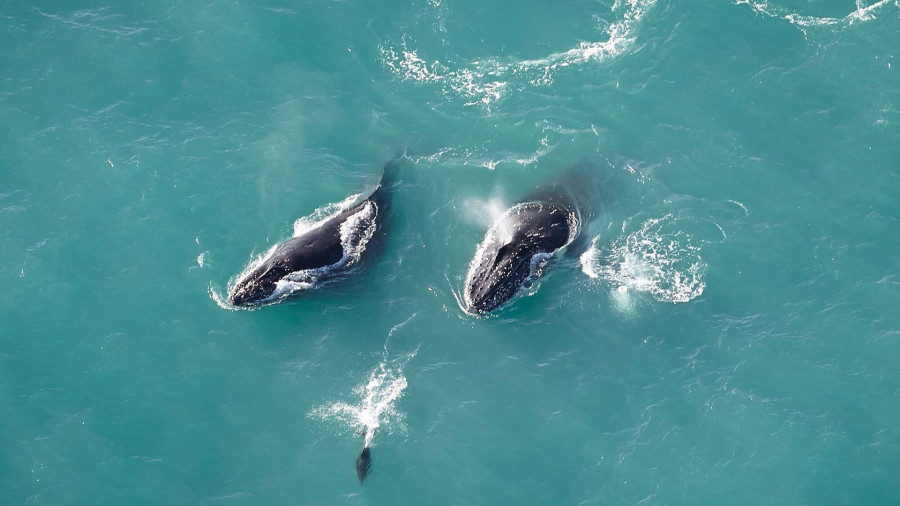This blog aims to give you an insight into the wonderful world of Humpback whales and their epic migration. It also happens to coincide with Mother’s day, quite apt as we believe humpback mothers are some of the best mothers out there!
From now through to July we will have a steady stream of humpback whales arrive In Kaikoura as they head from the cold waters of Antarctica up the east coast of the south island to the warm waters of Tonga and neighboring pacific Islands. These epic migrations (over 5000 km long) are integral to Humpback whales survival as a species.
By the month of May the air temperature in Antarctica will average around -20 degrees. As the waters of the Antarctic are too cold for newly-born calves to survive. Pregnant females must swim all the way to Tonga to give birth in the warm waters and sheltered bays.
However once they leave their Antarctic feeding grounds there will be very little to eat. Which is why they must bulk up in preparation by consuming up to 2 tons of krill and fish a day. In the process building up a 150 mm thick layer of rich, fat blubber which will sustain them through the winter months ahead.
Lactating mothers and their calves are the first to leave the feeding grounds. Followed by immature whales, mature males and females and then finally pregnant females. Thanks to the rich waters of the Kaikoura coast, we tend to have individuals spend some time here here to get in a last nourishing meal! Humpback whales are baleen whales which means they are filters feeders. Their diet consists of krill and small fish species and they have a few different techniques to catch such small prey. In Kaikoura they tend to employ the lunge feeding technique; ploughing through concentrated areas of food with their mouths open wide. It is a rather big spectacle to watch and having an Ariel view from the helicopter or plane gives you an incredible insight into the whole process.

Bulking up is particularly critical for the pregnant females. A nursing calf will have up 150 litres of its mothers milk a day and will gain roughly 1kg every hour! By the time the mother and calf have made it back to the feeding grounds 5 to 6 months later she would have lost up to a 1/3 rd of her body weight. This first passage south for the new calf is when the calf learns the long migration path between the Antarctic and Tonga which it will go on to use for the rest of its life.
Humpbacks are a favourite among many whale watchers. Known for their playfulness and acrobatic skills they always provide an incredible encounter. To keep up to date with our latest sightings please visit our Facebook or Instagram! #wingsoverwhales













